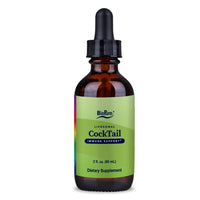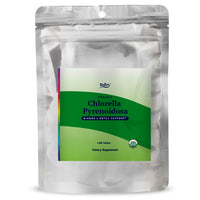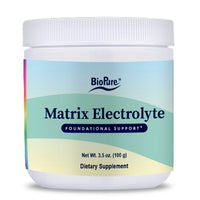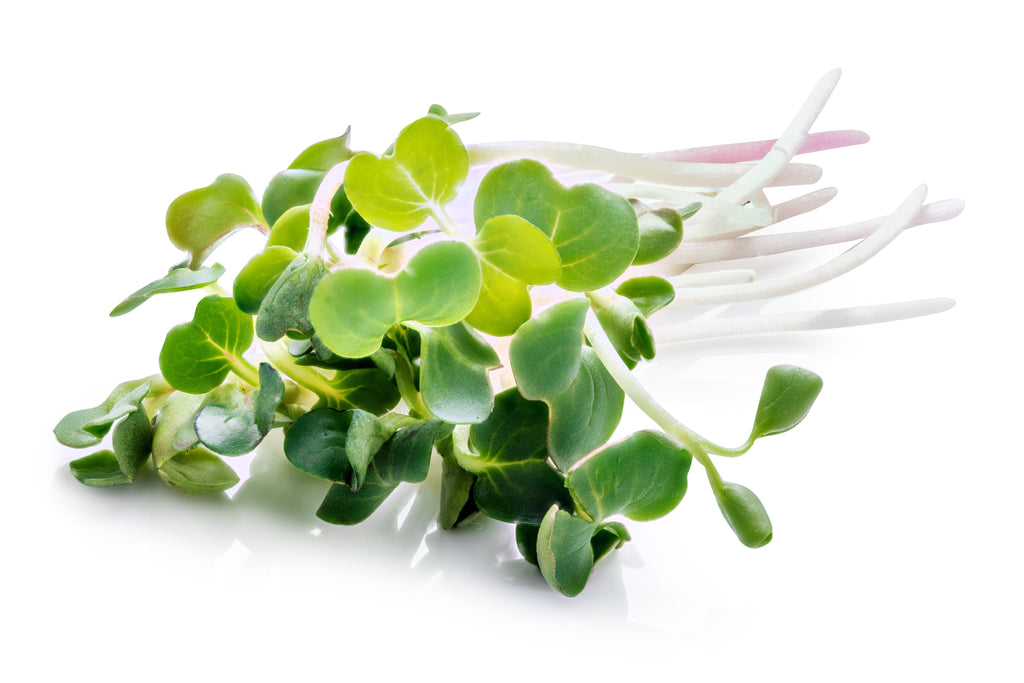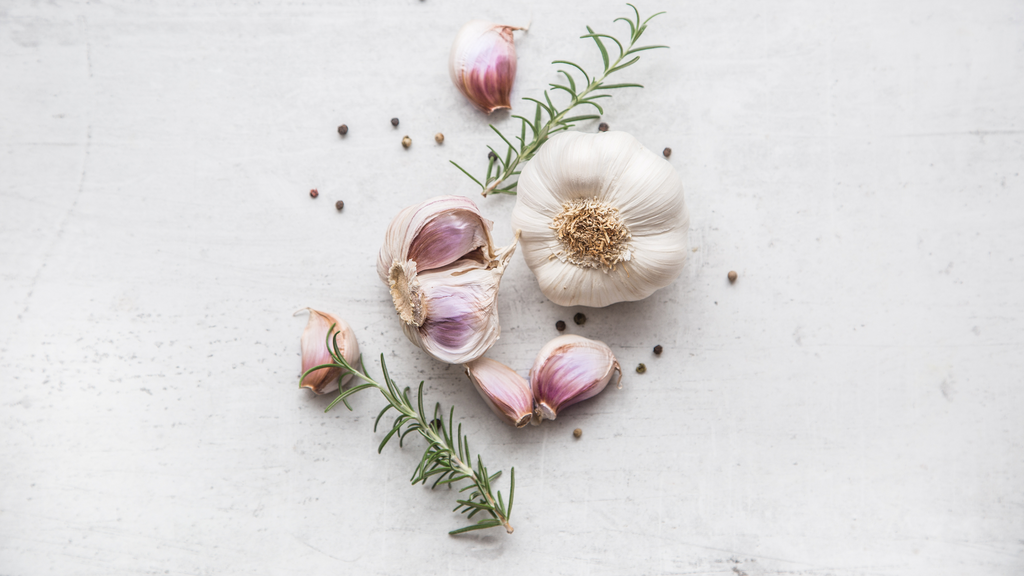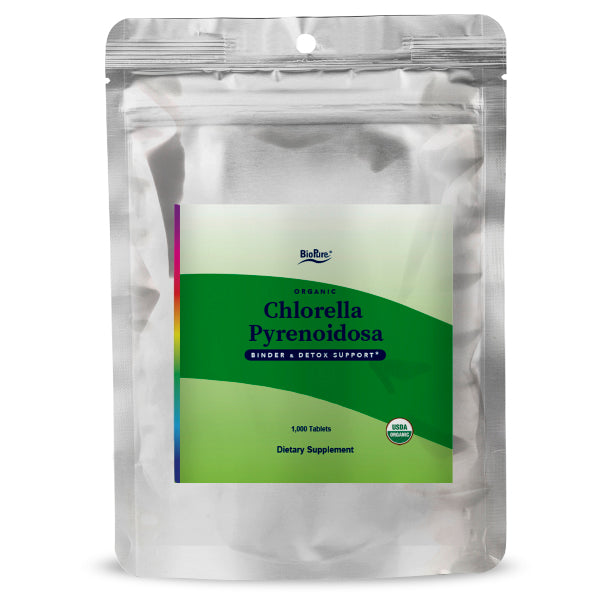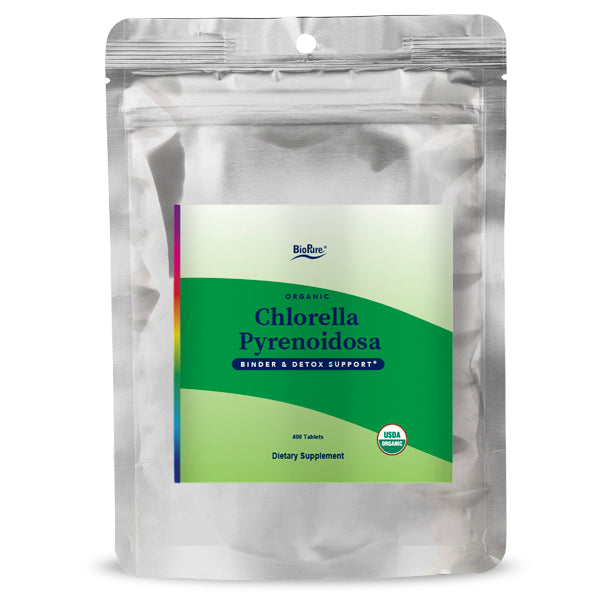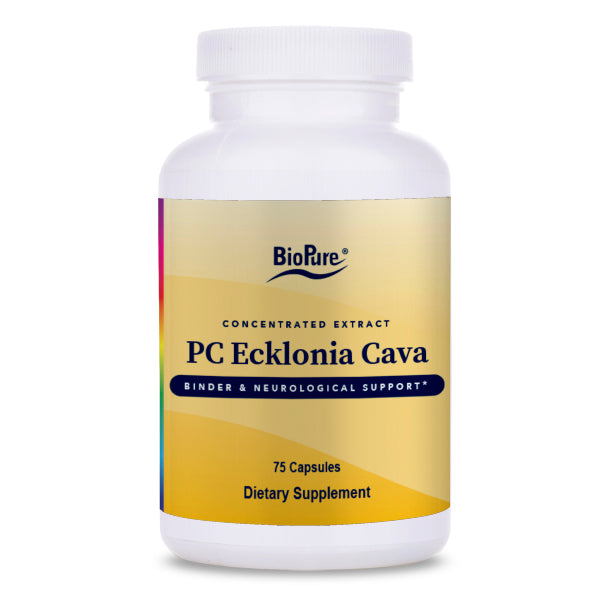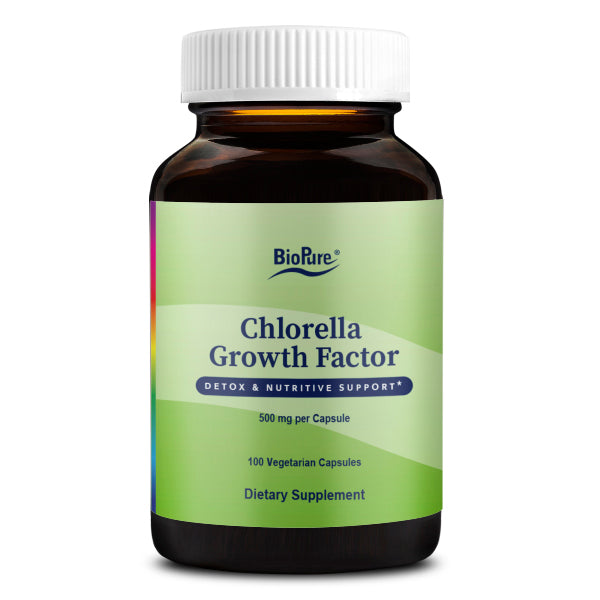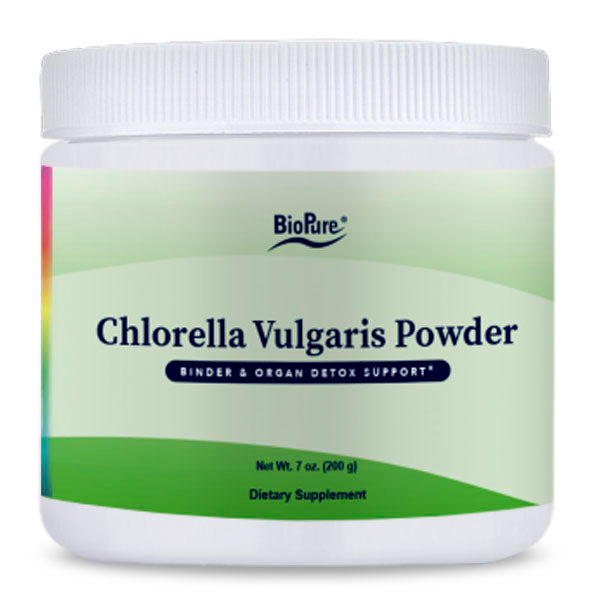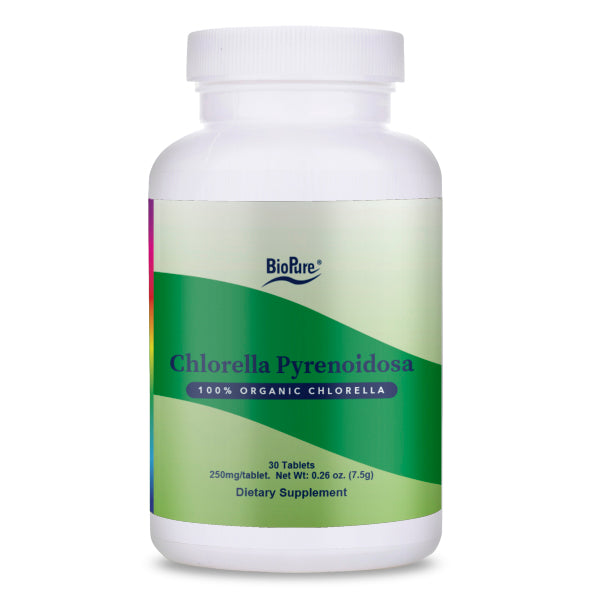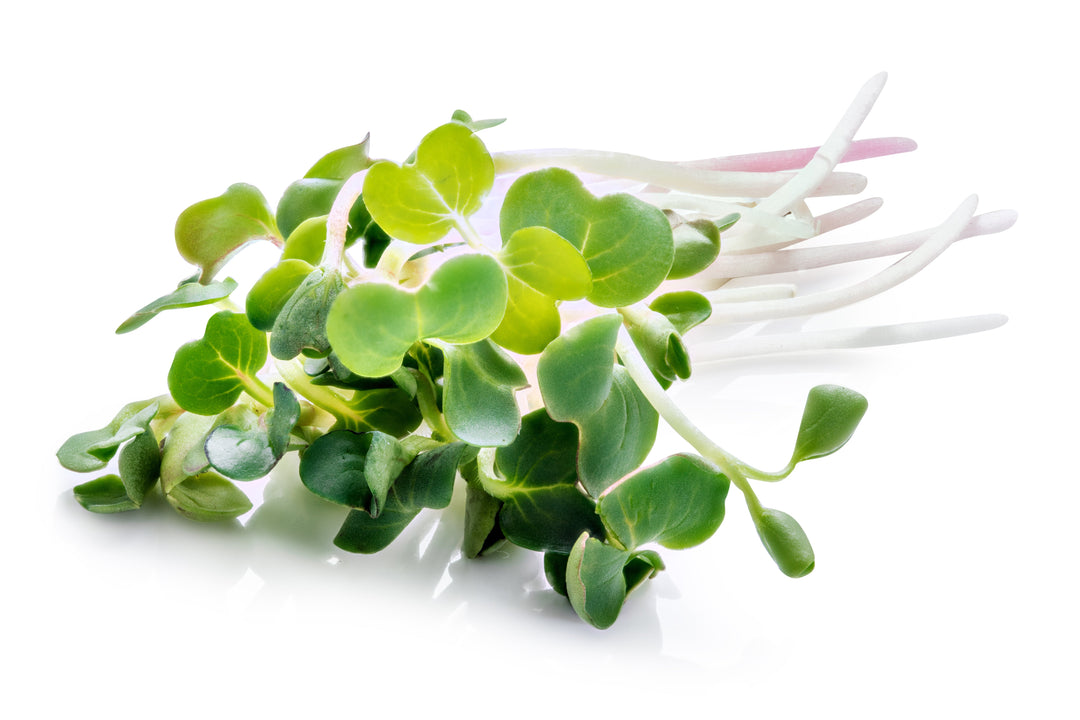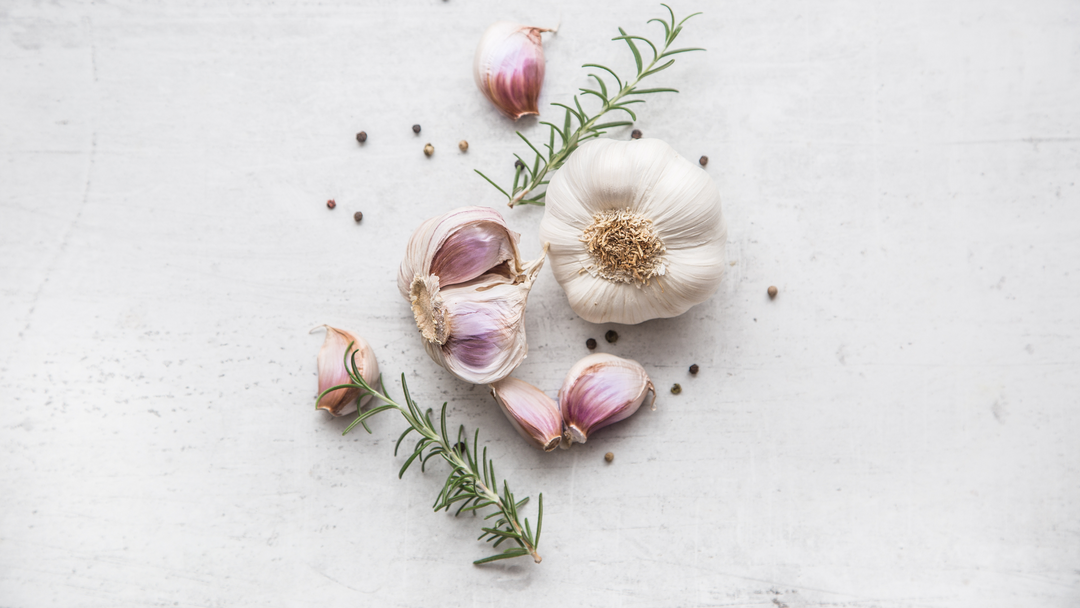
Discover herbal insights and take an up-close look at plants, dietary supplements, and wellness solutions with our in-house herbalist, Michele Milligan.
We asked Michele to answer some of our customers' frequently asked questions. Check out her latest response below!
Q: What are your favorite immune-supportive herbs, and which BioPure formulas contain them?
A: My favorite immune-supportive herbs are turmeric and ginger. These two herbs have a gastrointestinal focus, which is, in my opinion, critical for supporting all other systems of the body.
Turmeric and ginger support the GI tract, healthy liver function, and the body's oxidative pathways. Fortifying the focus areas ensures the body can combat unwanted microbes, optimize liver detoxification pathways, and maintain balanced immune function.
Our CurcuSyn formula contains turmeric and ginger, Oregon grape extract for added immune benefits, and black pepper for optimal absorption. These potent ingredients are rich in immune-supportive polyphenols that promote immune system regulation and gastrointestinal function and provide a powerful punch against imbalanced microbes.*
*These statements have not been evaluated by the Food and Drug Administration. These products are not intended to diagnose, treat, cure or prevent any disease.
Related Articles
Chlorella Pyrenoidosa vs. Chlorella Vulgaris: Practitioner Insights on Strain Differences, Purity, and Daily Resilience By Michele Milligan, BS, Herbal Science, Bastyr University Introduction The story of chlorella is not new, but its relevance is sharper than ever. In today’s clinical landscape, people live in constant contact with environmental and lifestyle stressors. Heavy metals are present in air, soil, and water. Persistent pesticide residues — including glyphosate, now detected in the urine of the majority of U.S. adults — circulate through food systems.¹,² Microplastics and industrial byproducts add a quiet but continuous burden. Nutrient density in agricultural soils has declined, further reducing the vitality available from food.³ These challenges create a need for supports that do more than simply cover nutrient gaps. They call for interventions that replenish essential nutrition while also helping the body maintain balance in the face of ongoing exposures. Chlorella, a single-celled freshwater algae, has been studied for its ability to provide concentrated nutrients such as protein, chlorophyll, vitamins, and minerals, while also supporting the body’s natural processes for dealing with environmental stressors.⁴ Two species, Chlorella pyrenoidosa and Chlorella vulgaris, appear most often in the scientific and clinical literature. Both offer nutrient density and functional support, but their subtle differences in nutrient profiles, cell wall structure, and digestibility carry practical implications.* Recognizing these distinctions — and emphasizing the importance of purity — helps practitioners guide informed and confident decisions. Distinguishing Between StrainsChlorella pyrenoidosa is frequently noted for its protein concentration, with more than half of its dry weight comprised of amino acids important for metabolic and enzymatic functions.⁵ Its thicker cell wall contributes to strong binding properties, which some practitioners choose to incorporate into protocols designed to support natural detoxification pathways.* Chlorella vulgaris, by comparison, often accumulates higher levels of chlorophyll and carotenoid pigments such as lutein.⁶ These compounds provide antioxidant activity and photoprotective properties, with potential applications in oxidative stress management.* The thinner cell wall of vulgaris enhances digestibility, making it well-suited for individuals with sensitive digestion or those new to algae-based supplements.A 2025 comparative analysis highlighted these distinctions: both pyrenoidosa and vulgaris were abundant in folate, but their balance of protein and pigments differed in clinically relevant ways.⁷ For the practitioner, this is less about superiority and more about fit — pyrenoidosa leaning toward protein density and binding support, vulgaris toward antioxidant-rich nourishment and digestibility.* Comparative Overview of Chlorella Pyrenoidosa Versus Chlorella Vulgaris Feature Chlorella Pyrenoidosa Chlorella Vulgaris Protein Content ~55–65% of dry weight; robust amino acid profile* High protein but slightly lower overall* Pigments High chlorophyll; moderate lutein Higher lutein and chlorophyll; antioxidant-rich* Cell Wall Thicker; requires cracking for digestibility Thinner; naturally easier to digest Primary Clinical Emphasis Nutrient repletion; supports detox pathways* Antioxidant support; daily foundational nutrition* Digestibility Dependent on processing methods More bioavailable by default Purity as a Clinical ImperativeChlorella’s strength lies in its binding capacity. Yet this same property makes it vulnerable to its growing environment. If cultivated in polluted water or exposed to unfiltered air, chlorella can concentrate exactly the substances practitioners want to minimize.⁸ This reality underscores the importance of sourcing. For safe use, chlorella should be cultivated under controlled, purified conditions, ideally certified organic, and verified by third-party testing for heavy metals and microbial contaminants. Processing methods also matter: gentle cracking of the cell wall improves digestibility and preserves chlorella’s natural balance of nutrients and functional activity. Without such safeguards, its therapeutic potential may be diminished. Clinical Research and Patient NeedsThe functional relevance of chlorella has been documented in both animal and human studies. In lead-exposed animal models, Chlorella vulgaris supplementation reduced lead levels in tissues and supported the restoration of antioxidant enzyme activity, including superoxide dismutase and glutathione peroxidase.⁹ Human research offers complementary findings. In one study, individuals with long-term amalgam fillings and titanium implants supplemented with chlorella-containing algae extracts for 90 days. Researchers observed measurable changes in hair concentrations of certain environmental elements, alongside increases in antioxidant enzyme activity.¹⁰ For practitioners, these findings highlight chlorella’s potential role in supporting the body’s natural ability to respond to chronic exposures.* In practice, tolerance often guides the starting point. Chlorella vulgaris, being gentler on the gastrointestinal tract, is commonly chosen as an entry strain for sensitive patients or those not yet ready for more intensive support. If tolerance is limited even with vulgaris, it may be an indication that the system is not yet prepared for stronger interventions. In these cases, practitioners may emphasize binders alone or use complementary formulas, such as blends of bitter herbs that support digestive and elimination pathways, until greater resilience is established. Once vulgaris is well tolerated, some patients may be transitioned to pyrenoidosa, whose stronger binding capacity makes it better suited for advanced use and for replenishing protein reserves during periods of higher metabolic demand. If neither strain is tolerated, it may reflect sensitivities that call for alternative strategies. Non-sulfur-containing binders, such as formulas that incorporate zeolite, may be considered in these situations. This progression — from gentle introduction to stronger support, or pivoting to alternatives when sensitivities arise — reflects a pragmatic approach that respects individual readiness. Ultimately, the choice between strains should reflect patient presentation and goals. Pyrenoidosa may be prioritized where support for detoxification pathways and protein repletion are emphasized, while vulgaris may be more appropriate for those seeking antioxidant activity or easier digestibility.* Timing and dosage should always be guided by manufacturer recommendations, since cultivation and processing methods can influence absorption and tolerance. Above all, chlorella should be seen as a flexible tool rather than a one-size-fits-all intervention. Chlorella as Daily Resilience SupportAlthough chlorella is often associated with targeted detoxification programs, its greatest value may lie in daily use. Its comprehensive nutrient profile — protein, essential fatty acids, B vitamins, trace minerals, and chlorophyll — provides steady input for mitochondrial energy production, enzymatic activity, and cellular maintenance.¹¹ Regular use may help buffer the body against ongoing environmental exposures, supporting equilibrium before overt dysfunction emerges.* Chlorella’s polysaccharides and fibers add another dimension, contributing to gastrointestinal health. Evidence suggests these compounds foster microbial balance and strengthen the intestinal barrier, reinforcing immune and inflammatory regulation at the foundation.¹² This positions chlorella not just as a detox support, but as a daily cultivator of resilience, helping the body respond with clarity and adaptability.* For patients, the practice of incorporating chlorella regularly can feel like aligning with a steady rhythm of vitality. For practitioners, it offers a pragmatic, evidence-informed way to extend the principles of salutogenesis into daily care — strengthening what supports health, not only countering what challenges it. ConclusionThe comparison of Chlorella pyrenoidosa and Chlorella vulgaris reveals two complementary options in clinical practice. Pyrenoidosa offers density of protein and robust binding capacity, while vulgaris provides digestibility and pigment-rich antioxidant activity. Both, when cultivated and processed to the highest standards, can contribute to restoring nutrient balance, supporting the body’s natural detoxification processes, and sustaining resilience in daily life.* In a world where environmental and lifestyle stressors are ever-present, chlorella represents a grounded yet hopeful ally: a natural intelligence that nourishes while helping the body manage exposures. Rooted in science and alive with vitality, it offers practitioners a coherent, trustworthy tool for supporting resilience and cultivating long-term vitality.* References1. Mills P.J., et al. Excretion of the herbicide glyphosate in older adults between 1993 and 2016. JAMA. 2017;318(16):1610–1611.2. Myers S.S., et al. Climate change and global food systems: potential impacts on food security and undernutrition. Annu Rev Public Health. 2017;38:259–277.3. Mayer A.M.B., et al. Decline of nutrient density in crops over the last 50 years. HortScience. 2017;52(5):509–513.4. Wu Q., et al. Extraction, functionality, and applications of Chlorella. Foods. 2023;12(5):1065.5. Li Y., et al. Investigation of Chlorella pyrenoidosa protein as a source of bioactive peptides. Nutrients. 2021;13(5):1624.6. Safafar H., et al. Enhancement of protein and pigment content in two Chlorella species. Mar Drugs. 2016;4(4):84.7. Melcher F., et al. Comparative nutrient and sensory analysis of eight Chlorella products. Front Food Sci Technol. 2025.8. NutritionFacts.org. The Benefits and Dangers of Chlorella. 2017.9. Diaz J.P., et al. Chlorella vulgaris supplementation attenuates lead-induced oxidative stress. Toxics. 2025;13(4):313.10. Merino J.J., et al. The long-term algae extract and aminosulphurate supplementation study. Biol Trace Elem Res. 2019;190(2):404–412.11. Mendes A.R., et al. Chemical compounds, bioactivities, and applications of Chlorella. Appl Sci. 2024;14(23):10810.12. Wan X., et al. Polysaccharides from Chlorella vulgaris improve gut health and immune function. Int J Biol Macromol. 2022;195:285–293. *These statements have not been evaluated by the Food and Drug Administration. These products are not intended to diagnose, treat, cure, or prevent any disease.
When we think of nutritious foods that promote wellness, broccoli is at the top of the list. Broccoli sprouts (young broccoli plants) are a phytonutrient-rich powerhouse loaded with beneficial bioactive compounds, including sulforaphane, which research indicates offers significant overall wellness benefits. (1) What is sulforaphane, and why is it important? Sulforaphane is a potent phytonutrient that supports robust immunity and brain and neurocognitive function. Tapping into sulforaphane's potential starts with glucoraphanin, an inactive sulfur-packed phytochemical. This naturally occurring "inactive" compound requires "activation" from myrosinase, an enzyme released in plants after being damaged, cut, or chewed. Transforming glucoraphanin into sulforaphane is necessary for optimal cellular uptake. Incorporating sulforaphane into your wellness routine Need help waking up and starting your day? Add Broccoli Sprout capsules to your morning routine to boost brain power and engage your body's natural detox pathways with enzyme-activated sulforaphane.* Broccoli Sprout Benefits Potent source of enzyme-activated sulforaphane* Supports detoxification and glutathione production* Go-to support for brain and gastrointestinal function* Supports blood sugar and microbiome balance* Dynamic source of phytonutrients that nourish whole-body wellness* What makes BioPure Broccoli Sprout superior? Our Broccoli Sprout capsules contain Activated BroccoRaphanin®, an activated form of sulforaphane with a minimum of 10% sulforaphane glucosinate from broccoli seeds. Jae Kwang Kim and Sang Un Park, “Current Potential Health Benefits of Sulforaphane”, EXCLI Journal (October 2016). These statements have not been evaluated by the Food and Drug Administration. These products are not intended to diagnose, treat, cure or prevent any disease.
Discover herbal insights and take an up-close look at plants, dietary supplements, and wellness solutions with our in-house herbalist, Michele Milligan. We asked Michele to answer some of our customers' frequently asked questions. Check out her latest response below! Q: What are your favorite immune-supportive herbs, and which BioPure formulas contain them? A: My favorite immune-supportive herbs are turmeric and ginger. These two herbs have a gastrointestinal focus, which is, in my opinion, critical for supporting all other systems of the body. Turmeric and ginger support the GI tract, healthy liver function, and the body's oxidative pathways. Fortifying the focus areas ensures the body can combat unwanted microbes, optimize liver detoxification pathways, and maintain balanced immune function. Our CurcuSyn formula contains turmeric and ginger, Oregon grape extract for added immune benefits, and black pepper for optimal absorption. These potent ingredients are rich in immune-supportive polyphenols that promote immune system regulation and gastrointestinal function and provide a powerful punch against imbalanced microbes.* *These statements have not been evaluated by the Food and Drug Administration. These products are not intended to diagnose, treat, cure or prevent any disease.
Garlic is a wellness-boosting powerhouse and go-to strategy for supporting immune, cardiovascular, and gastrointestinal functions. But what makes this pungent bulb so beneficial? The simple answer is a potent compound called allicin. When garlic is crushed or chewed, the enzyme alliinase converts alliin to the more active compound, allicin. It passes through the digestive tract and makes its way through the entire body, providing highly potent biological effects. Allicin is also responsible for garlic’s pungent taste and aroma. One of the best ways to increase your allicin intake is to consume raw garlic cloves that have been crushed or sliced. However, most people don’t enjoy the unwanted side effects of eating fresh garlic, such as the ‘burning’ sensation experienced after biting into a clove of raw garlic, not to mention unpleasant breath. High Allicin Garlic capsules provide dynamic, foundational wellness benefits. Each capsule contains high levels of allicin, a powerful organosulfur compound that provides broad-spectrum wellness benefits. High Allicin Garlic Benefits Supports microbiome diversity and detoxification pathways* Helps maintain normalized cholesterol levels* Supports immune function and overall well-being* *These statements have not been evaluated by the Food and Drug Administration. This product is not intended to diagnose, treat, cure or prevent any disease.


